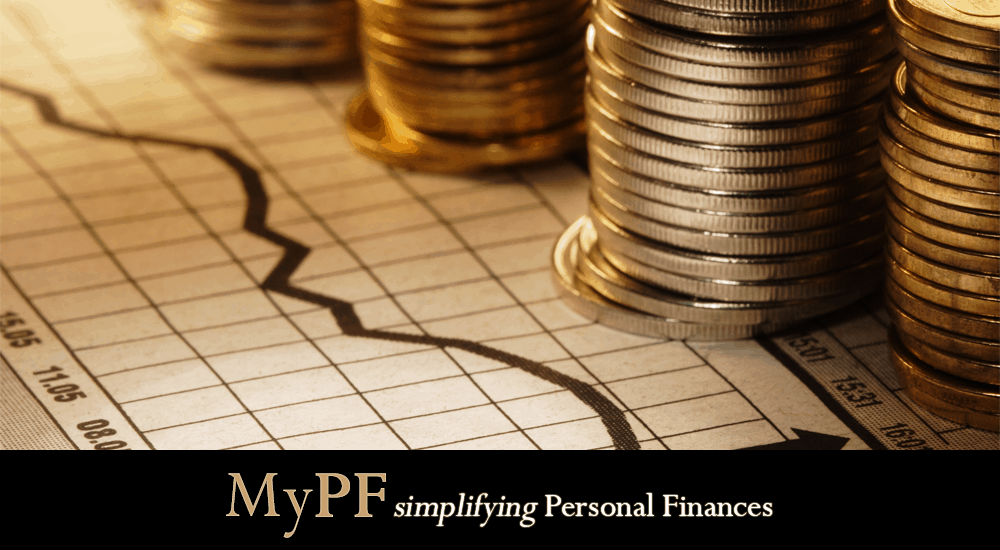Income and expenses are at the core of personal finances. In fact, you can summarize personal finance as increasing income, reducing expenses, and investing the difference. Income and expenses together is also known as your Cashflow Statement. Just like companies have cashflow statements, you need to know your own personal finance cashflow statement.

Income and Expenses
One of the key areas to look into before investing or even saving is to examine your income and expenses. The one key test of financial solvency is whether your monthly expenses are less than your monthly income. If you find yours to be off balance, a little calibrating is all that is needed to look into increasing your income and/or reducing expenses.

Reducing Expenses
It is beneficial to track your expenses outflow to know how you are spending your money. This can be done with personal finances tracking apps/software, a spreadsheet or using pen and paper.
You will want to review how your expenses are being spent in various categories and look at areas where you can reduce expenses and/or leakages in money.
Ideas:
– Cancel non-free memberships that you do not use frequently (e.g. gym membership).
– Reduce eating out expenses (i.e. cooking at home, pot luck with friends).
– Change your driving style to reduce fuel consumption.
Increasing Income
A better way to improve your financial standing starts with increasing your income. This can be done in various ways, whether active or passive.
Active income can be increased by finding a part-time (second) job or starting your own business.
Income can also be increased passively through investing wisely. It is imperative at the same time to avoid scams and get rich quick schemes which promise 15% or more returns per annum.
Ideas:
– Make wise career choices to increase your income.
– Perform services, teach a skill you know, or rent out unused property/rooms for additional income.
– Start building your own business (it can be from your garage!)
Finding the Balance
Living like a miser on bread and water every day is a poor way of living! You need to find your right balance of spending money on what is important to you (without being excessive) while cutting back on unimportant stuff.
A good guideline for income and expenses is as follows:-
- Savings: At least 10% of your income
- Investing: At least 10% of your income
- Insurance: Below 10% of your income
- Spending: At most 60% of your income
For those who have found the right balance, what a wonderful feeling of satisfaction you must feel!
Remember to periodically reassess that sweet spot though in order to control lifestyle creep (i.e. increasing your expenses whenever you get a pay raise or bonus). If you can live on the previous amount comfortably, there should be no good reason for you to increase your expenses with your pay increase. Do this regularly and you’re well on your way towards enjoying the satisfaction that comes from knowing you’ve hit the right balance!
“Annual income twenty pounds, annual expenditure nineteen pounds nineteen shillings and six pence, result happiness. Annual income twenty pounds, annual expenditure twenty pounds ought and six, result misery.” ~Charles Dickens, David Copperfield
Share and discuss on Income and Expenses.

Leave A Comment